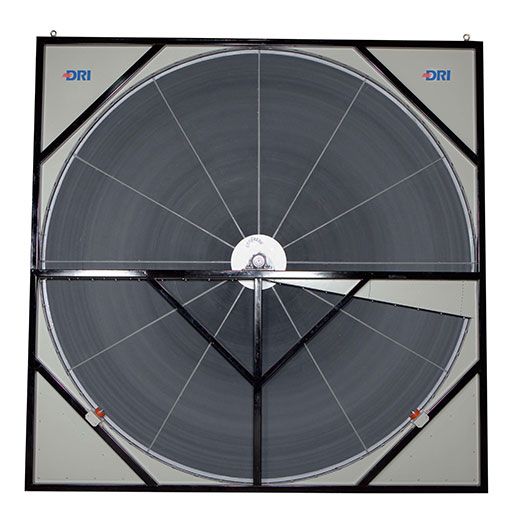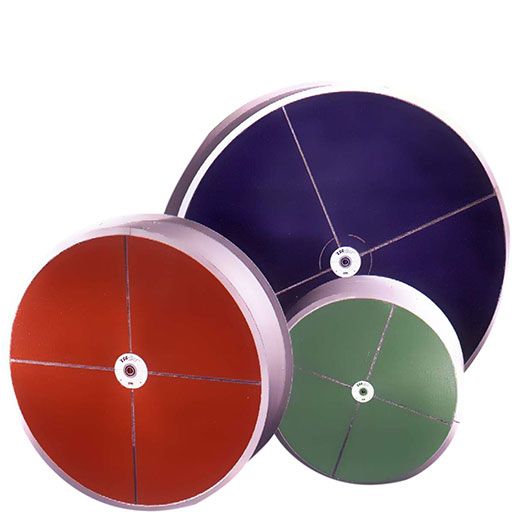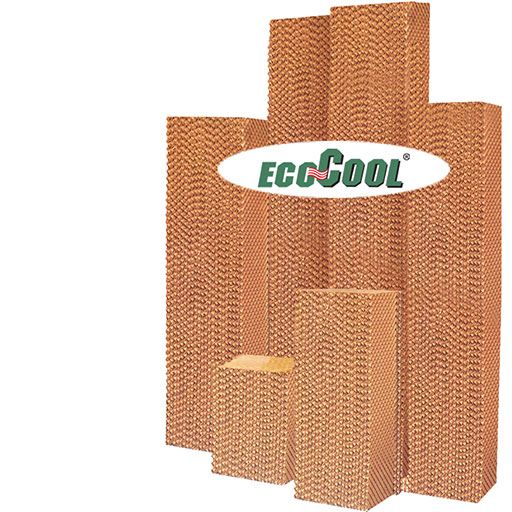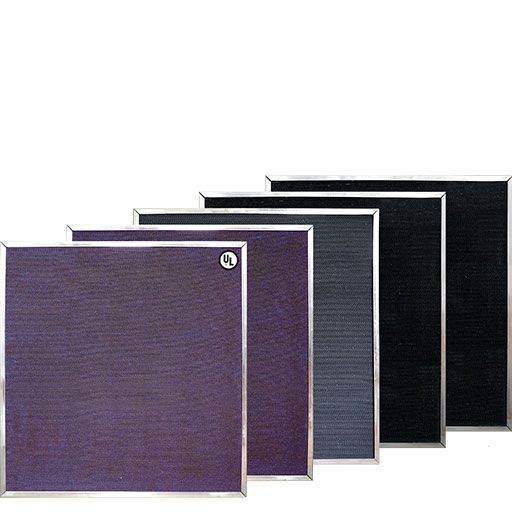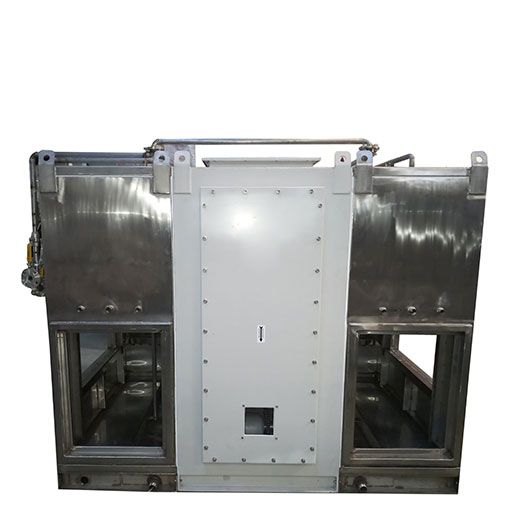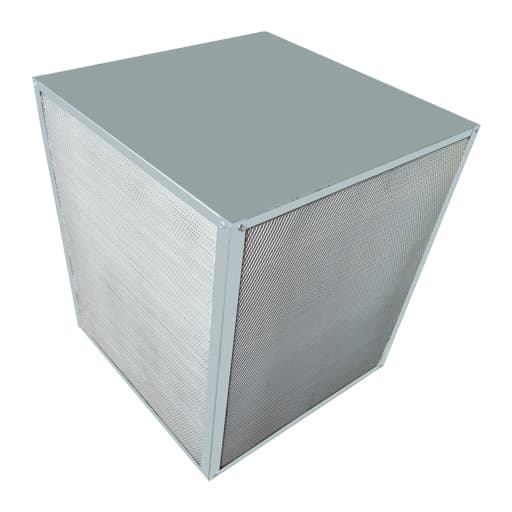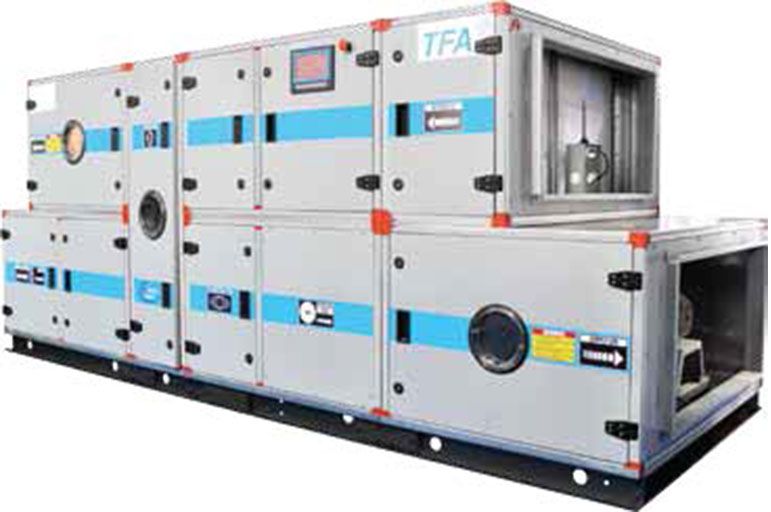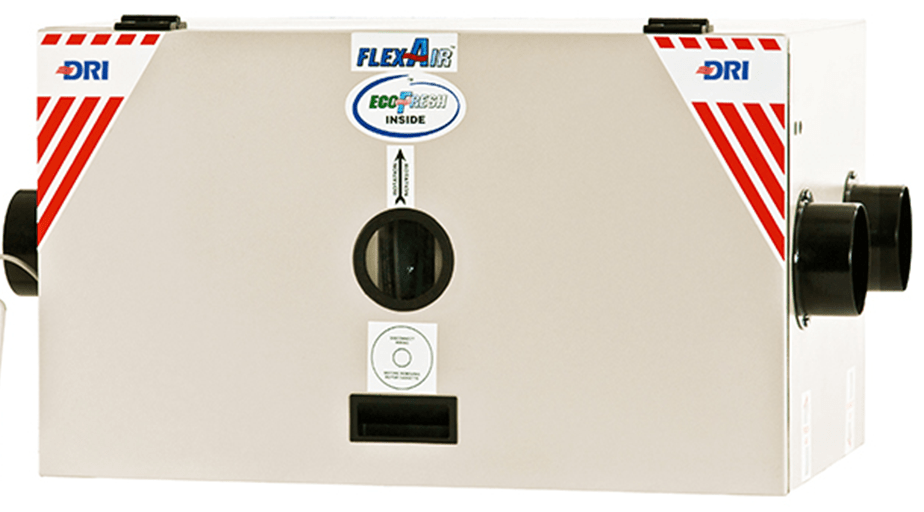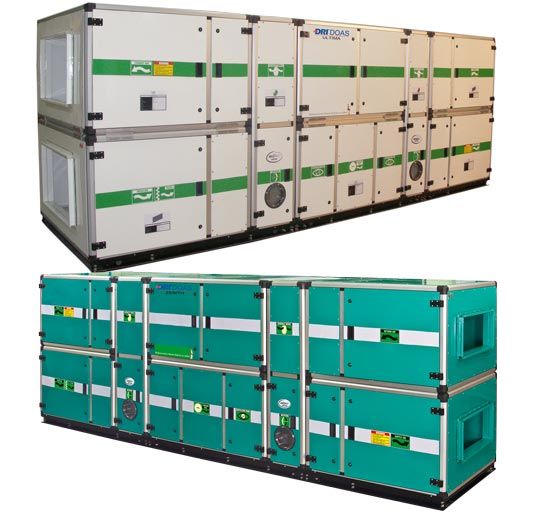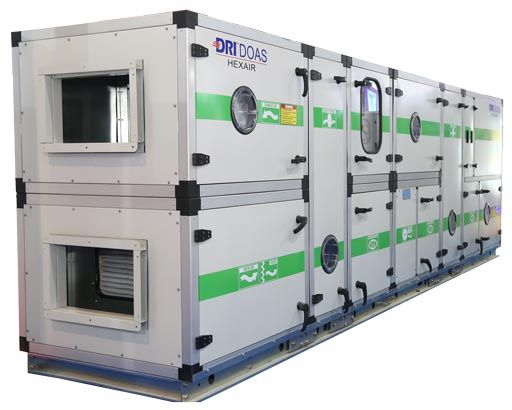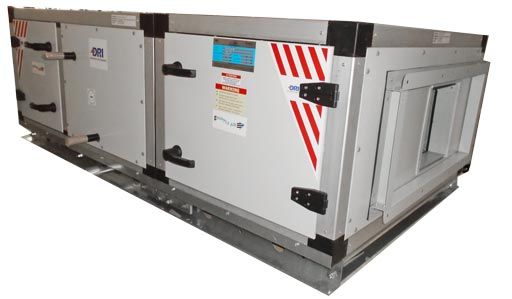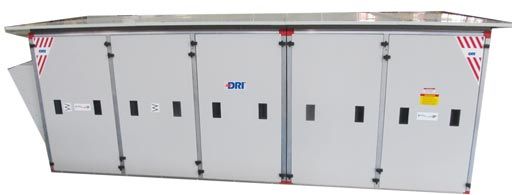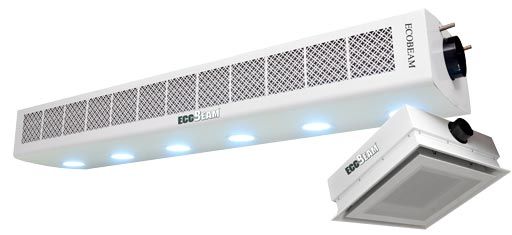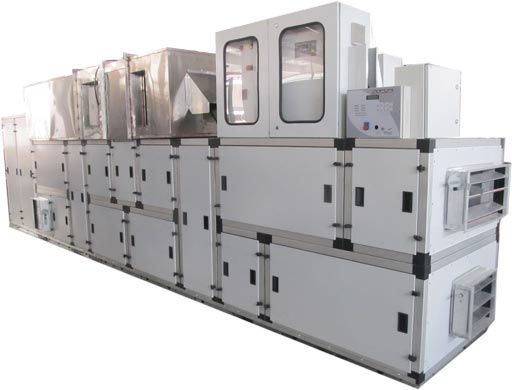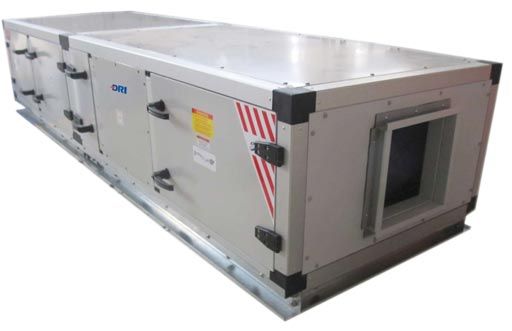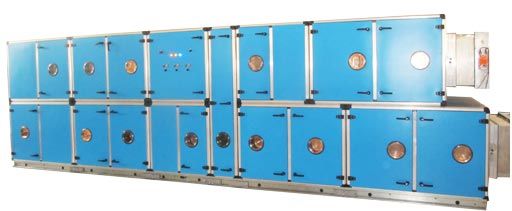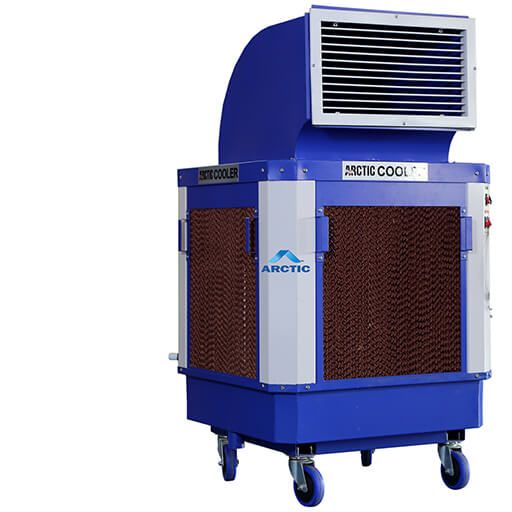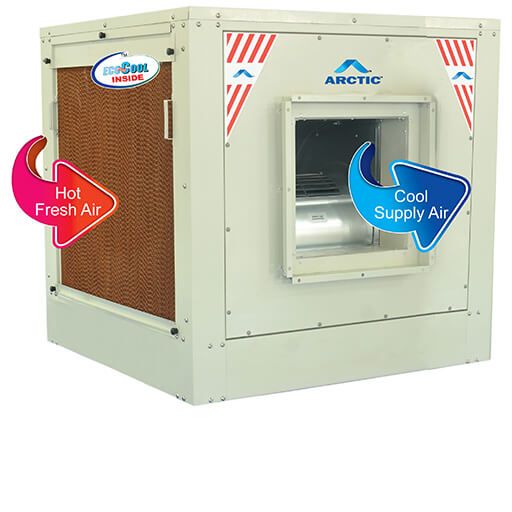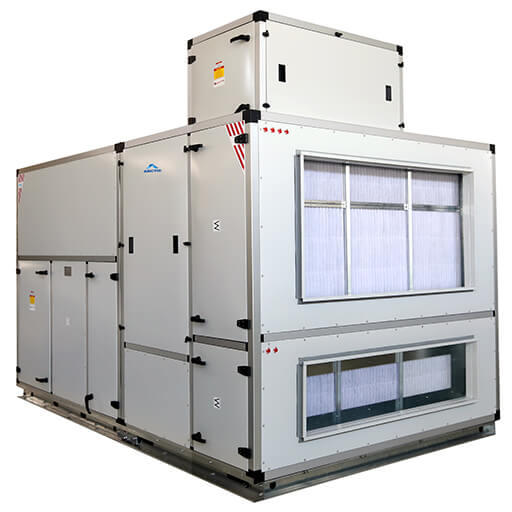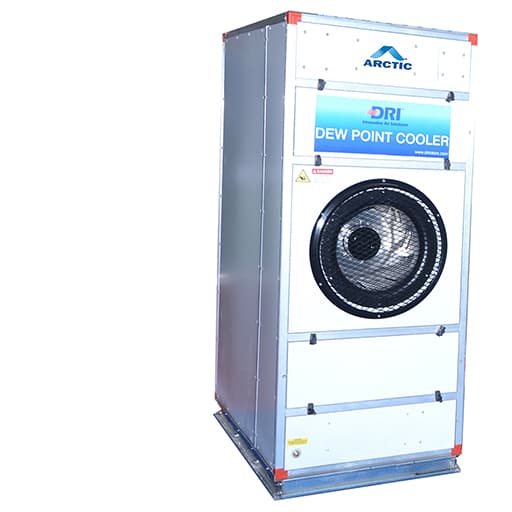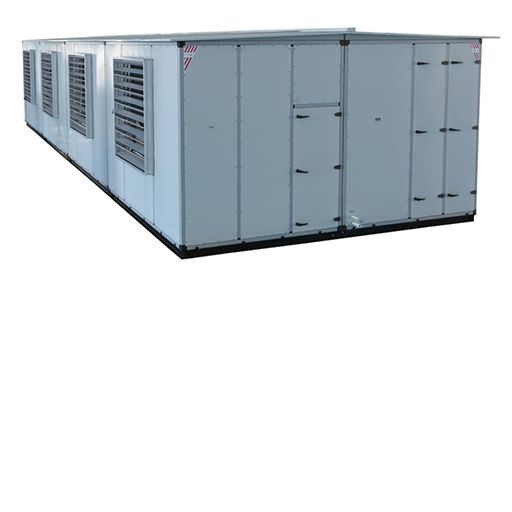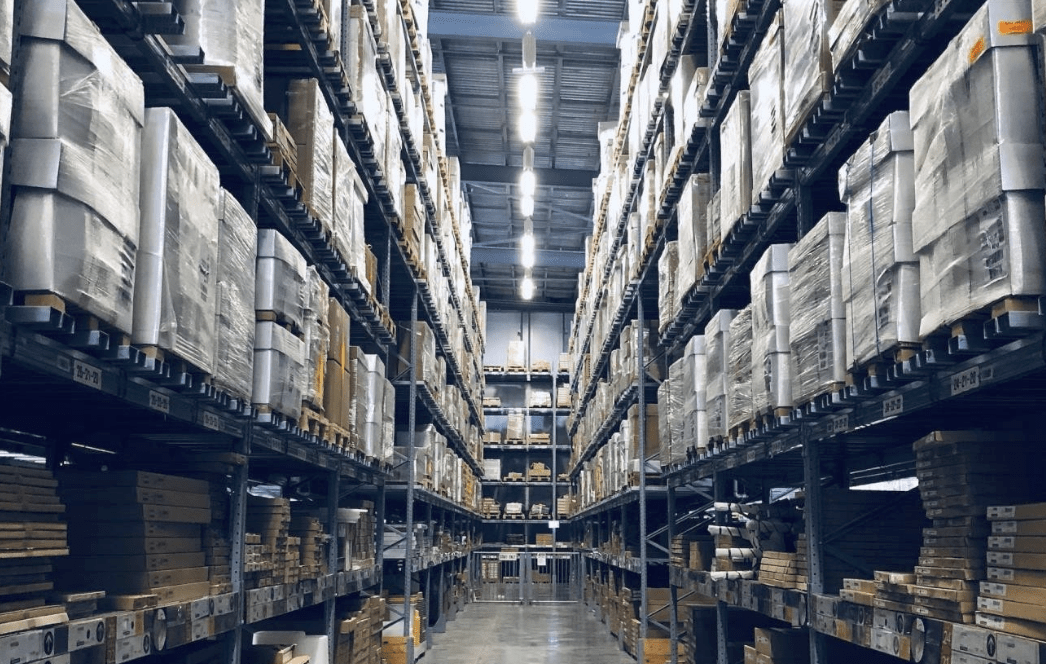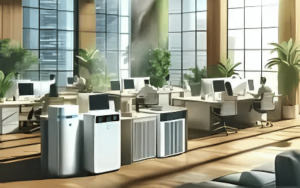GUIDE TO CHOOSING ENERGY-EFFICIENT AIR HANDLING UNITS (AHUS) FOR SUSTAINABLE AND EFFECTIVE MANAGEMENT OF AIR QUALITY IN LARGE COMMERCIAL AREAS
According to one recent estimate, the world’s population may reach 8.5 billion in 2030 and 9.7 billion by
Reaching net zero goals will be difficult given this rate of population expansion. Many nations are going through an energy-intensive period of commercialization and urbanization, specifically driving growing demand for energy services. When we add the issues of combating climate change, energy saving becomes a critical goal for all business enterprises.
Energy is squandered in business enterprises in several ways. For instance, inefficient appliances waste energy in the commercial sector, and extra heat produced during peak occupation hours could be put to better use. Because there are few easy and reasonably inexpensive ways to track and manage the energy used in buildings and businesses, enormous amounts of energy are lost every day.
A meticulous inspection of any commercial building is required to design solutions to properly manage several parameters like air quality and humidity to maintain appropriate temperature and air quality in large open spaces. Depending on specific business needs, HVAC experts offer several solutions to improve occupant safety, comfort, productivity, structural preservation, and increased energy efficiency.
VENTILATION AND COOLING CHALLENGES IN LARGE COMMERCIAL COMPLEXES
Large entrances, insufficient insulation, air leakage, and inefficient heat distribution are all factors in energy loss in large buildings. Excessive outside air penetration makes buildings more susceptible to high energy expenses. Even in enclosed large areas, creating the proper air distribution (also known as thermal stratification) is challenging. Warm air rises, whereas cold air tends to settle, creating stratified layers prone to stagnation. In addition, cold downdrafts frequently arise along vertical surfaces due to temperature differences. These may result in unwelcome cold areas in the structure. By bringing in a lot of cold air at once, conventional HVAC cooling systems can make the issue worse.
Another factor is the variation in fresh air needs as per occupancy levels in different parts of a large facility. When the building is completely occupied, additional air may be required to meet the structure’s needs for fresh air. Hence, it is crucial to design the HVAC system when the requirement for air intake fluctuates so that these variations may be rapidly and readily addressed.
Finally, in large buildings, poor airflow, air stratification, and moisture accumulation can all work together to foster the growth of hazardous mold. In addition, stale air can be a thriving place for bacteria, viruses, and other airborne toxins to thrive.
Condensation of moisture is also common in large structures, especially those that are not insulated. Like all moisture concerns, this one could result in fungus growth troubles and structural damage to the building. Finally, in large buildings, poor airflow, air stratification, and moisture accumulation can all work together to foster the growth of hazardous mold. In addition, stale air can be a thriving place for bacteria, viruses, and other airborne toxins to thrive.
Troubleshooting ventilation and cooling issues can be challenging, particularly in buildings with several integrated HVAC components. It’s crucial to identify the root cause of any issues your building has if you’re encountering these or other similar issues. Energy-smart HVAC solution experts can help resolve most of these issues by using innovative solutions, significantly improving the affected buildings’ comfort, safety, productivity, and energy savings.
AIR HANDLERS CAN EFFICIENTLY MANAGE COMPLEX VENTILATION AND AIR PURIFICATION NEEDS OF VAST AREAS
One of the most efficient ways to manage the proper ventilation requirements for purifying and rejuvenating the interior air in a building is using an air handling unit, often known as an AHU. An essential part of any sizable air-cooling system, AHU allows simultaneously cooling vast areas while also assisting in regulating indoor air quality (IAQ). The system is fixed to a building’s ground floor, basement, or roof during installation.
By regulating temperature and airflow across different parts of a commercial complex, an AHU installation ensures that the occupants receive fresh air with comfortable cooling. AHUs are used frequently in conjunction with other heating and cooling systems. These units are often large and attached to ducts that distribute regulated air throughout the structure and expel exhausted air.
HOW AIR HANDLING UNIT (AHU) WORKS
An AHU unit is made up of components mounted in sizable, easily accessible box-shaped units called modules. These modules contain the necessary ventilation components for cleaning, cooling, or replenishing the indoor air in a location. Air handling devices pull outside air, clean it, and distribute it throughout the rooms. They can also pull indoor air that has been “recycled.” Several filters trap particles, viruses, bacteria, odors, and other air contaminants.
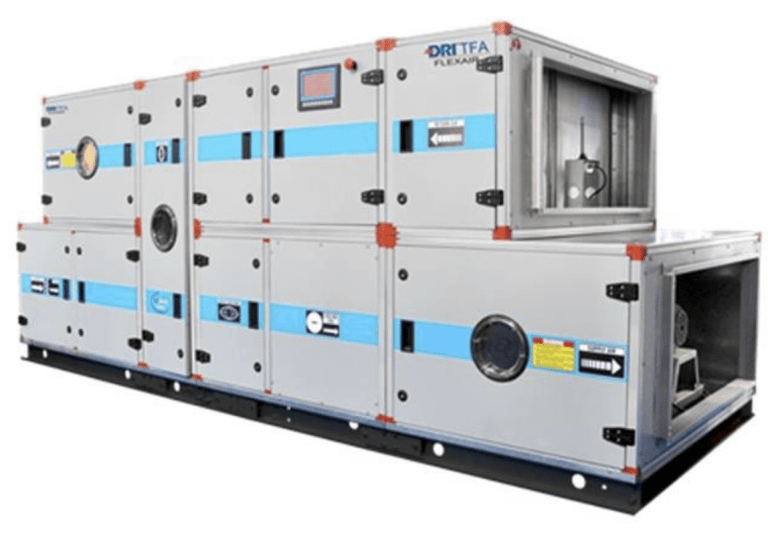
The AHU lowers the energy needed for air cooling since the exchanger mixes internal and outdoor air, lowering the temperature contrast when the air enters the coil and leading to lower energy consumption. The fans can operate as per the required flow rate thanks to the equipment’s variable regulation, which reduces consumption. Coils, heat exchangers, and other components are all optimized to provide the lowest pressure drop to achieve the highest efficiency, resulting in extremely low maintenance and operating costs.
DESICCANT ROTORS INTERNATIONAL (DRI): YOUR PARTNER IN TRANSITIONING TO “NET ZERO” WITH RESEARCH-BACKED SOLUTIONS
DRI’s mission is to develop sustainable green building solutions to assist companies in their transition to net zero. With a focus on innovation and new product development, DRI has taken the lead in developing numerous components and solutions using its expertise in desiccants, corrugation technology, and air system design.
DRI offers a wider range of services and products on a global scale – including, energy recovery, indoor air quality, fresh air treatment, evaporative cooling, green buildings, dehumidification, and pollution control. To offer maximum flexibility and the optimal solution for a company, the DRI AHU product line consists of 15 types with air volumes ranging from 1700 to 60000 CMH and internal static pressures as high as 1000pa.
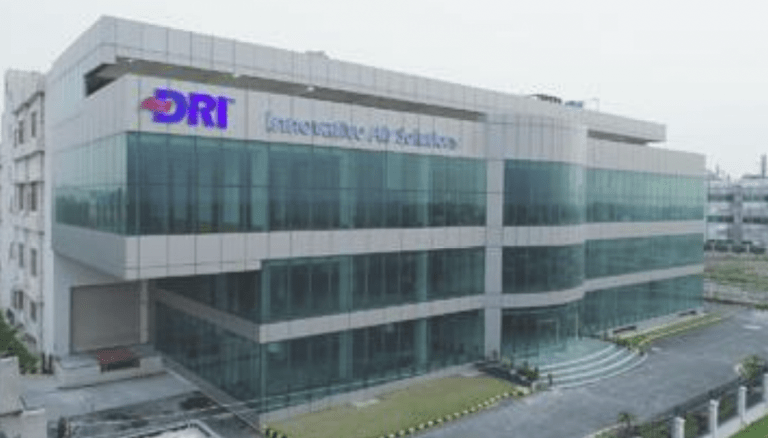
DRI application experts are renowned for their capacity to design and construct customized equipment and installations for various commercial sectors. With five cutting-edge manufacturing facilities, DRI has received ISO 9001 and ISO 14001 certifications. With a focus on quality and on-time delivery, the plants are vertically integrated and house all essential components and production processes.

